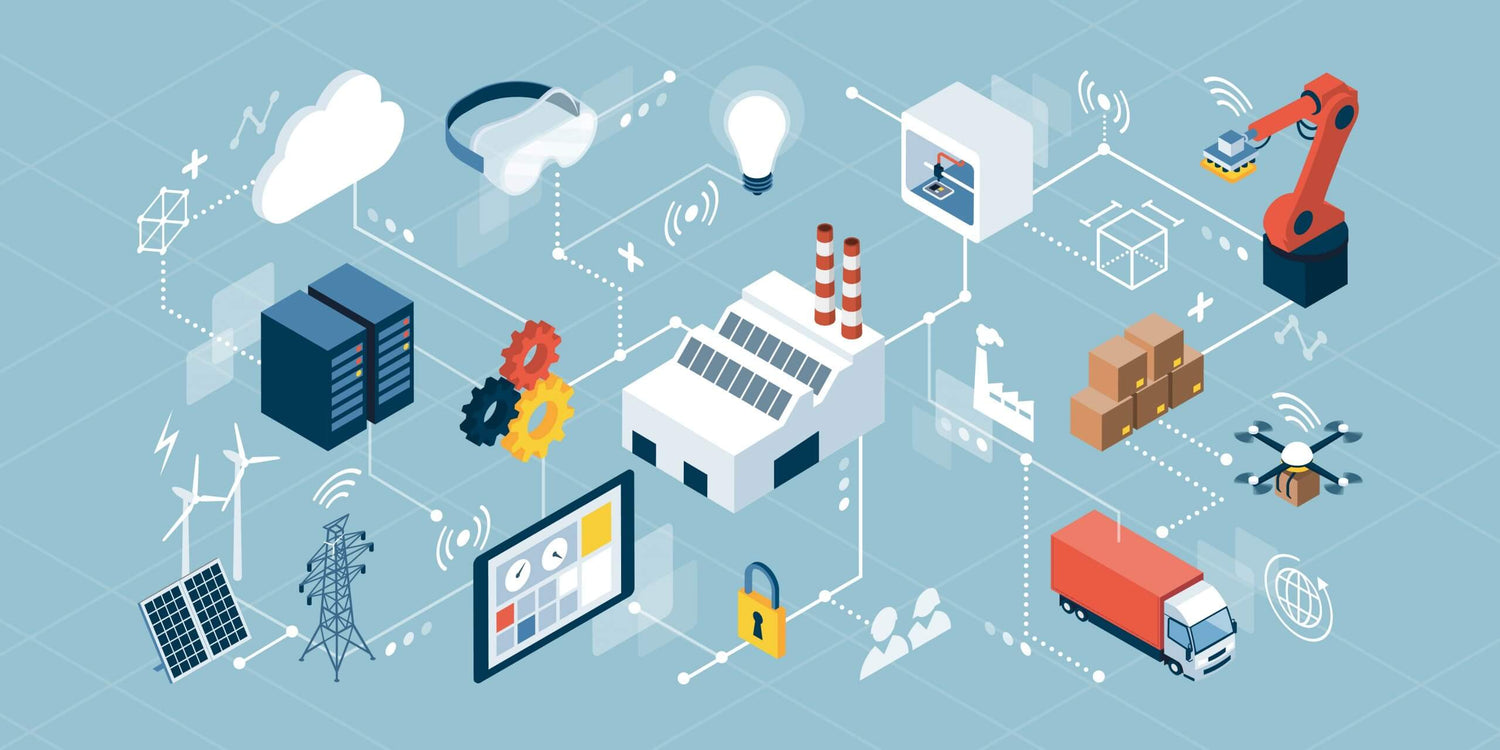Emerging Role of Embedded AI in Industrial Automation
In today’s industrial landscape, technologies like generative AI, large language models, agentic AI, and edge AI dominate discussions across every level of the organization. Yet, among these transformative trends, embedded AI is quietly reshaping the automation space in a far more subtle and practical way. Unlike the more visible forms of AI, embedded AI is being integrated directly into industrial devices—especially sensors—enabling smarter, autonomous operations without requiring constant network connectivity.
From Concept to Practical Application
Embedded AI has progressed from theoretical exploration to real-world deployment, particularly in process industry sensors. These intelligent sensors are designed to perform advanced real-time analytics, detect anomalies, and even self-calibrate under changing conditions. This capability allows factories and plants to operate more independently and efficiently, reducing downtime and improving operational resilience—even in remote or network-limited environments.
Understanding Today’s Smart Sensors
While fully AI-embedded sensors are still in development, smart sensors have already secured a significant position in the market and continue to expand steadily. According to the ARC Smart Sensor Research Report, the global smart sensor market is expected to grow by approximately 6% annually, outpacing the broader sensor industry.
However, not every smart sensor integrates AI capabilities. In industrial practice, a smart sensor is typically defined by two main functions:
-
Self-diagnostics and status reporting – for example, detecting lens contamination and notifying operators.
-
Remote configuration via digital interfaces – allowing seamless setup and replacement without manual reconfiguration.
These functions make smart sensors a crucial bridge between conventional devices and fully autonomous AI-enabled components.
Why Most Smart Sensors Still Lack Advanced AI Functions
If smart sensors are already “intelligent,” why don’t most include advanced AI-based analytics? The answer lies in the application context and cost-efficiency. For most industrial environments, it remains simpler and more economical to transmit sensor data upstream—to edge nodes such as gateways, industrial PCs, or SCADA systems—for processing and decision-making.
This hierarchical approach supports scalable data management and ensures compatibility across large sensor fleets. It also allows companies to maintain centralized control and easily implement updates without disrupting operations, striking a balance between innovation and practicality.
Conclusion: The Quiet Revolution of Embedded Intelligence
Embedded AI represents the next step in the evolution of industrial sensing and automation. While its impact may appear modest today, its potential to transform everyday operations through localized intelligence is immense. As development continues, embedded AI will complement smart sensors to enable truly autonomous, self-optimizing industrial systems—ushering in a new era of intelligent automation.


